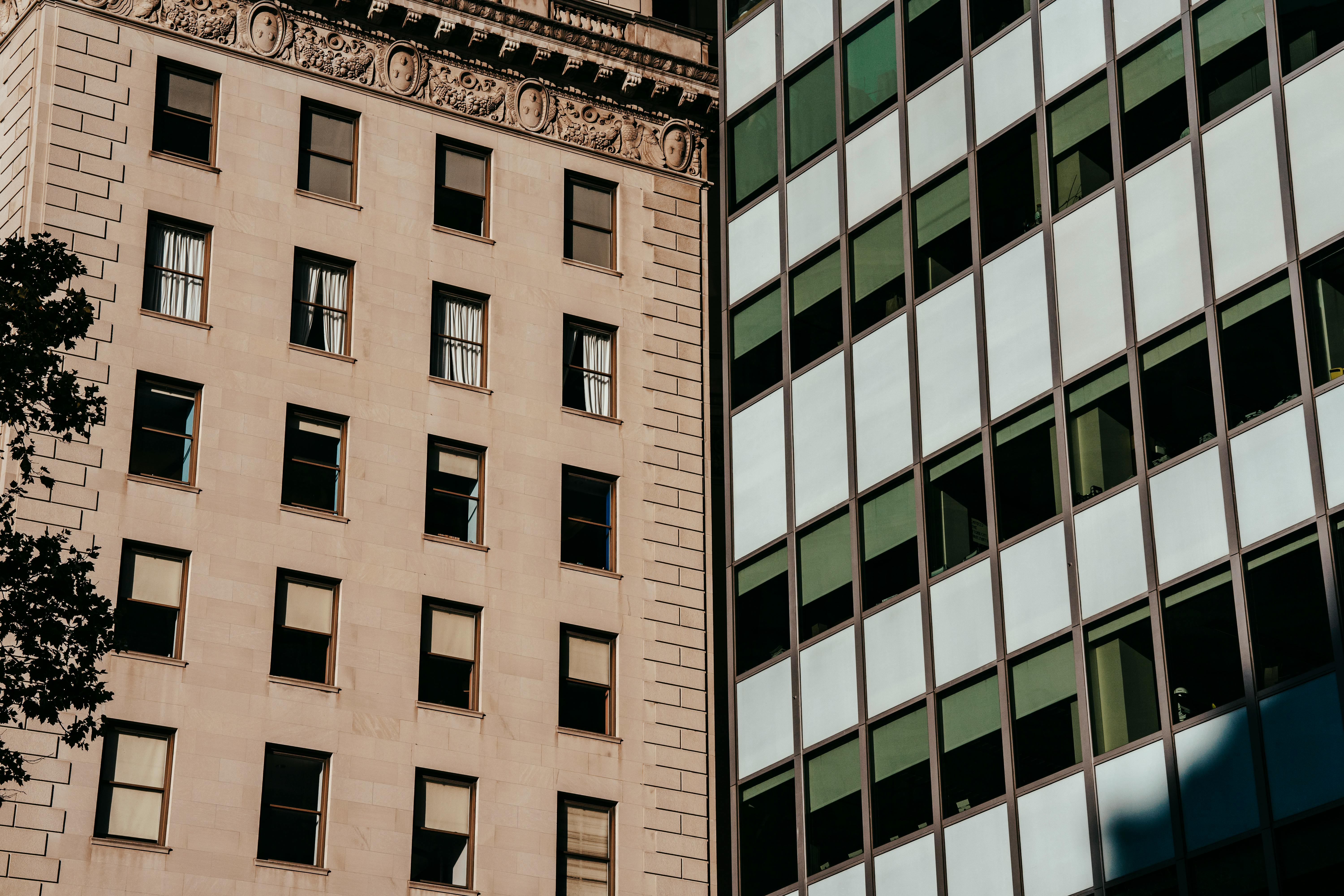Technology
The LED or light-emitting diode is a semiconductor device that does not have a filament, like standard incandescent or fluorescent bulbs, so they last longer and do not contain toxic materials or radiate other wasted energy. They are efficient because they emit light by the movement of electrons in a semiconductor material when voltage is applied. What this means for you is that they save 50% to 80% energy compared to previous standard lighting.
Return of investment
Calculating a payback period when investing in LED lights depends on the cost of electricity in a specific location and the type of LED fixture being used. Since LEDs don’t get hot, the fixtures they’re installed in run cooler, saving air conditioning and they don’t burn out and have to be replaced like standard incandescent lights. An incandescent bulb can last 1,000 to 2,000 hours, while an LED bulb can last 25,000 to 50,000 hours. Therefore, savings are derived from a variety of areas that are estimated in a detailed energy assessment report. Now there are many experts who can calculate energy savings almost down to the kilowatt.
Applications
LEDs can save money on energy costs wherever they are installed, but a low-volume energy user may not see a return on investment for many years. The energy audit is essential to distinguish the good candidates for the modernization of LED lighting. Great examples of high volume users are medical facilities, warehouses, public facilities, parking structures, and fast food chains. The ROI for these entities can be very short and almost a year to a year and a half.
Money
LED lighting and retrofit projects fall into the category of “lease improvements” and “consumable products.” Mention these two characteristics to your average traditional lender and they’ll walk away from you before you’ve finished your sentence. In other words, the level of risk with an asset that cannot be recovered is beyond what commercial lenders can approve of. Enter the wholesale lenders and private investor groups that have filled this gap and established approval criteria that many healthy businesses can meet.
LEDs are now well tested and reliable; Financing has been established and a variety of financing and leasing programs are available to commercial customers. An energy audit is relatively inexpensive, and if your facility spends thousands of dollars per month on energy bills, an LED upgrade could save you a lot of money in the long run. It’s time to embrace this green technology while keeping more money in the bank.
